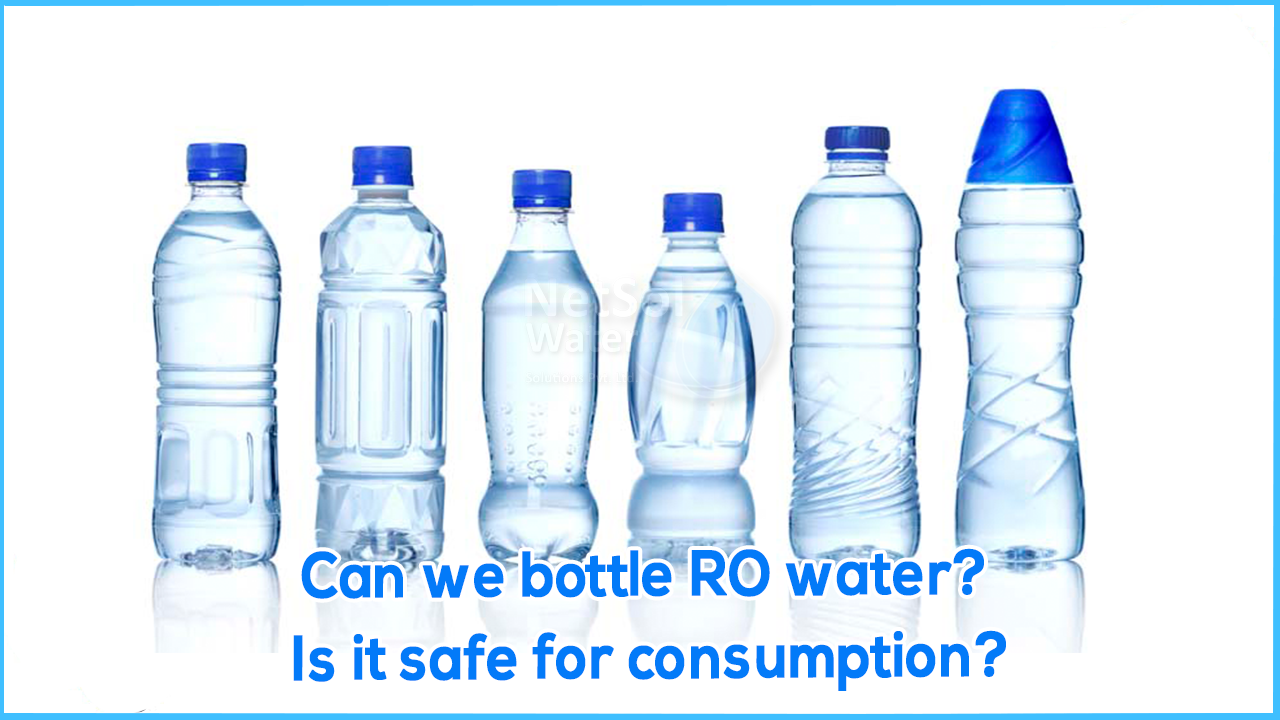If you don't have access to a water purifier at home, you can drink bottled water on a regular basis. Different companies use different methods to purify water before bottling, and it can be difficult to find a way to use reverse osmosis. You can be confident that the bottled reverse osmosis water tastes good and is free of harmful contaminants.
This post covers everything you need to know about reverse osmosis bottled water
What is reverse osmosis?
All solutions consist of two parts: solvent and solute. In drinking water, water is the solvent and pollutants (particles, dissolved solids, sand, clay, lead, cadmium, chlorine, nitrates, pesticides, sodium, etc.) are the soluble substances.
Reverse osmosis (RO) water purification uses a semipermeable membrane to filter suspended solids (pollutants). This membrane (0.0001-micron fine pores) is placed between the water containers. One has a low concentration of pollutants (solutes) and the other has a high concentration of pollutants.
During the cleaning process, pressure is applied and water (solvent) passes through the polymer matrix of the membrane. Due to the small pore size, only water can pass through, and contaminants remain on one side. Then collect the purified water. The movement of this solvent (water) occurs from the region where the solute concentration is high to the region where the solute concentration is low. This is called reverse osmosis because it contradicts the natural osmotic movement.
Is bottled water the same as RO water?
In most cases, regular mineral water is not the same as reverse osmosis water. Bottled mineral water and bottled water must not be RO filtered. RO removes most minerals from water. The bottled spring water is barely touched. No artificial filtration is done.
Commercially available bottled water can undergo additional purification processes such as UV filtration, UF filtration and agglomeration. This water can be fortified with additional minerals and nutrients according to your taste. In contrast, water purified using RO filters at home usually does not receive UV filters either. Do not add minerals to the water to improve the taste. Unlike bottled water, the pH of unchanged RO filtered water is neutral. The pH of bottled water varies from company to company as various additives and minerals change the pH. Some companies add electrolytes and minerals to maintain hydration more effectively and add flavours. RO removes only suspended and dissolved solids, against bacteria and viruses.
Is RO water better than bottled water?
To answer this question, you need to think about the quality of the water you normally get.
Pollutants
If tap water is hard, has a lot of dissolved solids, or is at risk of carrying viruses, bacteria,and spores, it is advisable to use bottled water or invest in a RO-UV-UF filtermechanism.
If tap water is relatively clean and susceptible to bacteria and viruses, you can opt for a reverse osmosis system because it is more economical and sustainable.
Cost
Bottled water is more expensive than reverse osmosis water. The initial cost of installing a reverse osmosis filter can be higher than buying bottled water, but the cost of bottled water increases rapidly over time, and when you install a reverse osmosis filter at home, it is more economical.
Environmental Costs
Drinking bottled water also has an environmental impact. On the one hand, RO cleaning leads to wasted water. On the other hand, most bottled water is sold in disposable PET bottles, which contributes to environmental pollution.




